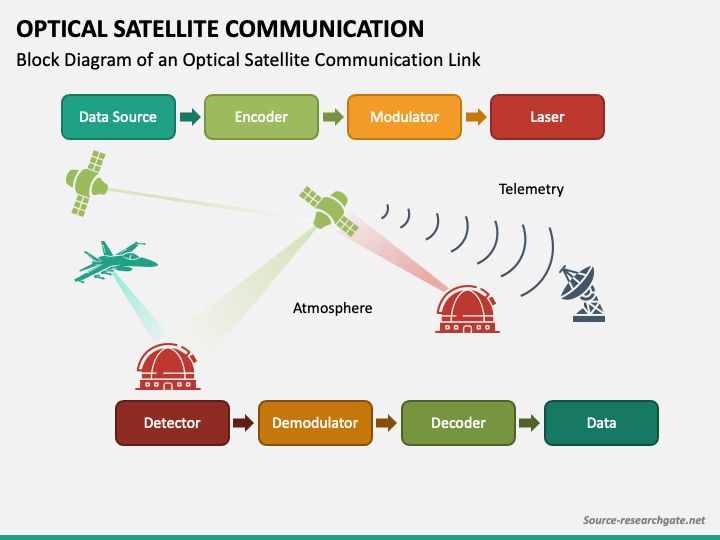In the contemporary landscape of telecommunications, the debate between optical fiber communication and satellite communication has become a focal point of interest among scientists, engineers, and industry stakeholders alike. Both modalities possess unique advantages and challenges, shaping the trajectory of global connectivity. Understanding their fundamental characteristics, practical applications, and inherent limitations sheds light on this fascinating dichotomy.
Optical fiber communication, as the epitome of modern telecommunication technology, leverages the properties of light to transmit data through thin strands of glass or plastic fibers. This modality intricately employs the principle of total internal reflection, enabling the efficient transfer of light signals over considerable distances with minimal signal degradation. The initial allure of optical fiber communication lies in its extraordinary bandwidth capacity, facilitating vast amounts of data transfer simultaneously. This feature engenders a high-speed backbone essential for the data-driven economy, characterized by the proliferation of Internet-of-Things (IoT) devices and the explosion of digital media content.
However, the advantages of optical fiber communication extend beyond mere bandwidth. The technology boasts a remarkable resistance to electromagnetic interference (EMI), a critical attribute in congested urban environments where electronic signals often collide. Moreover, the reduced attenuation in optical fibers compared to traditional copper cabling enhances the operational reach of fiber optic networks, affording seamless connectivity across sprawling geographical landscapes.
Despite these paramount benefits, optical fiber networks are not devoid of challenges. The installation of optical fiber infrastructure can be cost-prohibitive, requiring substantial initial investments in both materials and labor. Furthermore, the physical vulnerability of fiber optic cables to environmental factors, such as weather and accidental damage, poses additional considerations for network reliability. These factors necessitate meticulous planning and ongoing maintenance to ensure uninterrupted service.
Turning our attention to satellite communication, this technology operates on an entirely different paradigm, utilizing artificial satellites in Earth’s orbit to transmit and receive signals across vast distances. The inherent fascination with satellite communication lies in its ability to bridge geographical barriers. In regions where traditional ground-based networks falter, such as remote areas or maritime environments, satellites provide an indispensable lifeline for connectivity.
One of the most notable advantages of satellite communication is its global coverage. Whether in the depths of the Amazon rainforest or the middle of the ocean, satellite networks enable voice, video, and data transmission. This omnipresence is particularly crucial during disaster recovery efforts, where terrestrial infrastructure is often compromised. By utilizing satellites, emergency responders can maintain communication channels, facilitating efficient rescue operations and aid distribution.
Moreover, the latency involved in satellite communication has significantly diminished with advancements in technology. Gone are the days of prolonged delays due to signal transmission time. Modern geostationary satellites are complemented by low Earth orbit (LEO) satellites, which drastically enhance data transfer speeds. These LEO systems offer the potential for real-time communications, thereby improving the feasibility of applications that require low latency, such as telemedicine and interactive online gaming.
Nevertheless, satellite communication is not without its drawbacks. One primary limitation is the susceptibility to atmospheric conditions. Heavy rain, snow, or thick cloud cover can induce signal degradation, affecting communication reliability. Furthermore, the infrastructure’s operational costs can be substantial, particularly concerning satellite manufacturing and launching. In contrast to the relatively straightforward installation of fiber networks, deploying a satellite system necessitates a series of complex logistical operations and regulatory compliance.
When juxtaposed, optical fiber communication and satellite communication offer contrasting yet complementary approaches to meeting the demands of an increasingly interconnected world. Optical fibers excel in high-bandwidth applications in urban and densely populated areas, while satellites shine in scenarios where traditional networks falter. The interplay of these technologies invites consideration of hybrid models that leverage the strengths of both modalities.
For instance, the integration of fiber optic backhaul to support satellite ground stations can enhance the efficiency of satellite services. This symbiotic relationship ensures that the vast bandwidth capabilities of fiber networks underpin the extensive reach of satellite technology, presenting a comprehensive solution to global communication challenges. Additionally, the ongoing development of advanced fiber optics, such as photonic integrated circuits, promises to further elevate the performance of both modalities, potentially revolutionizing how they coexist.
As we delve deeper into the significance of optical fiber and satellite communication, we uncover a tapestry of technological advancement, engineering ingenuity, and societal implications. In an era defined by rapid digital transformation, the dichotomy between these communication methods serves as a microcosm of our evolving relationship with technology. The convergence of optical fiber and satellite systems not only propels connectivity but also influences economic growth, social interaction, and even cultural exchange on a global scale.
In conclusion, the choice between optical fiber communication and satellite communication is not merely a matter of preference; it is a reflection of specific needs and contextual realities. The elegance and sophistication of optical fibers contrasted with the robustness of satellite systems encapsulate a broader narrative in the realm of telecommunications, urging us to navigate the complexities of our technological dependencies with a nuanced understanding. As we advance further into this digital age, the synergy between these two communication pillars will undoubtedly shape the future of global connectivity, elucidating the pathways that lead us into an interconnected tomorrow.












